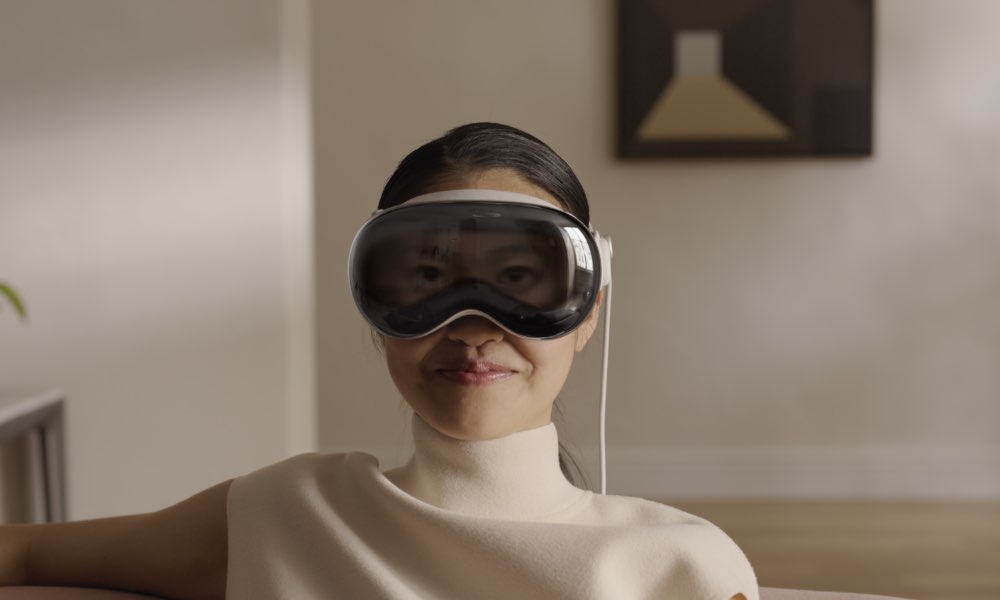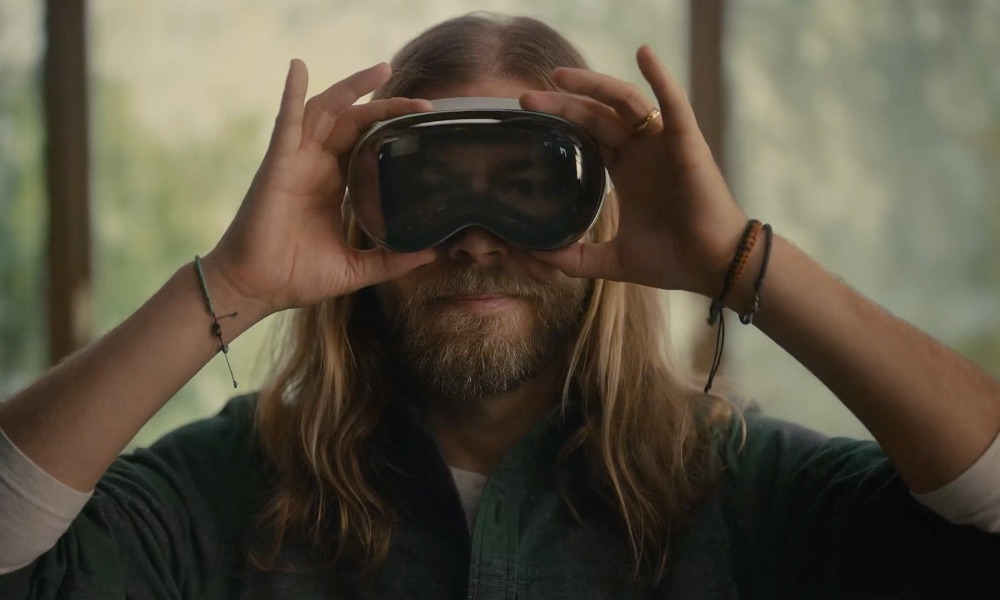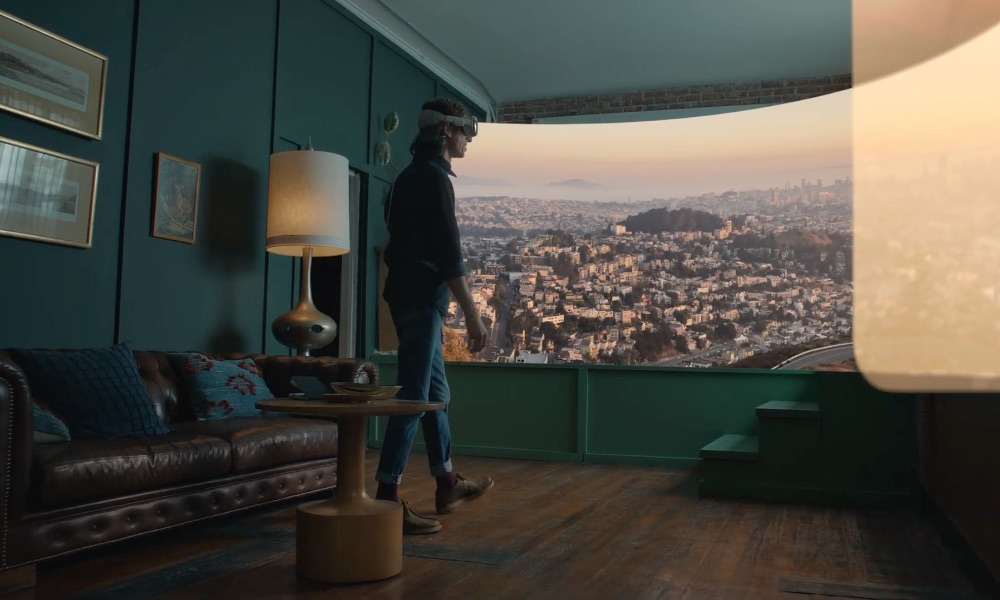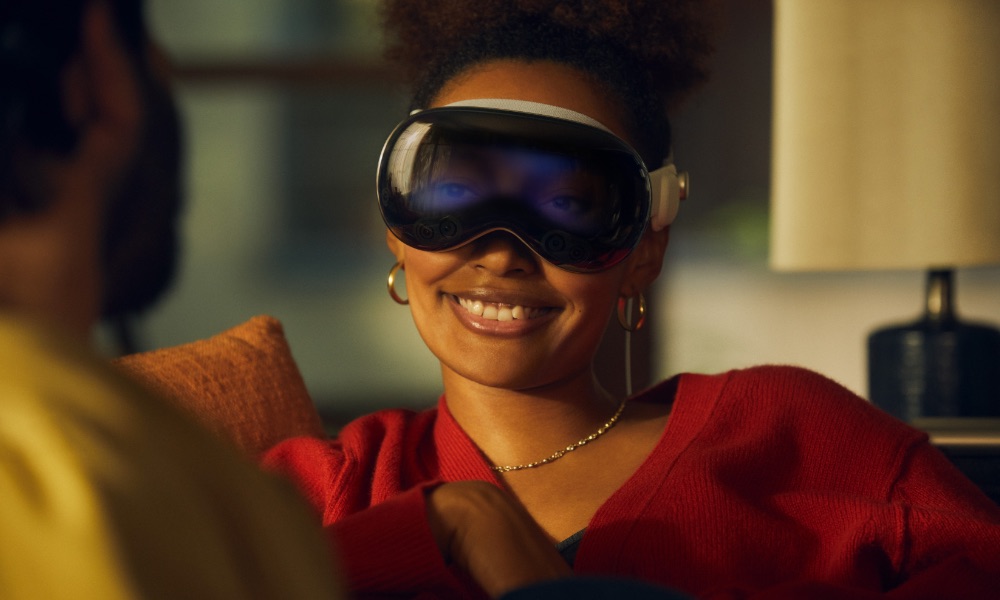Is the Vision Pro’s Honeymoon Phase Over?

Toggle Dark Mode
When Apple unveiled the Vision Pro at its Worldwide Developers Conference (WWDC) last June, it promised to be a groundbreaking new product, a combination augmented reality and virtual reality headset that promised to usher in a new era of what Apple dubbed “spatial computing.”
Naturally, like any product demo, Apple put its best foot forward with the Vision Pro, and the debut had the same emotional “wow” effect as when Steve Jobs took the stage in 2007 to show off the first iPhone, pushing the limits of technology in a whole new way.
As the iPhone did then, the Vision Pro delivers on everything Apple promises (mostly), but there’s also a big difference between a $500 mobile phone and a $3,500 headset — even when you factor in 17 years of inflation.
Most of Apple’s first-generation products have limitations — the original iPhone didn’t do copy and paste or MMS and only connected to slow 2G/EDGE networks — but those turned out to be limitations many folks were willing to live with. That may have partly been due to the lower price tag, but it also leaned into the fact that a mobile phone was something that most people considered a necessity, even if that mobile phone wasn’t an iPhone.
While the Vision Pro is unquestionably cool, it’s also a category of product most people can live without. A person who chooses not to use an iPhone will likely still have another phone; somebody choosing not to use the Vision Pro will simply not be using the Vision Pro.
Like most other products that Apple sells, the Vision Pro has a 14-day return policy. Since it went on sale on February 2, many early adopters have faced a decision day over the past weekend: keep their $3,500 Vision Pro or return it and wait to see what the next generation will offer.
Some reports have suggested users were returning their Vision Pro headsets in “droves” over the past week, while others have said the return rates are relatively low. Like most such reports, the truth is probably somewhere in the middle, but with the Vision Pro, there’s also a question of perspective.
Over the weekend, Bloomberg’s Mark Gurman shared in his Power On newsletter that there have been a “surprising number” of returns. It’s not necessarily as high as some have suggested; it may be above average compared with other products, but the numbers seem exaggerated because Apple hasn’t exactly been selling them by the cartload either. However, Gurman quickly points out that “none of this is a sign of a crisis.”
Apple isn’t commenting on the Vision Pro’s return rate, but data from sources at retail stores suggests that it’s likely somewhere between average and above average compared with other products — depending on the location. Some smaller stores are seeing one or two returns per day, but larger locations have seen as many as over eight take-backs in a single day. Mark Gurman
Firstly, there are likely some folks who may have never intended to keep their Vision Pro in the first place. Apple’s 14-day return policy makes it possible to effectively “rent” the pricey headset for two weeks just to give it a spin at no cost. All you need is enough headroom on your credit card.
Those returns were inevitable, but it also seems that many early adopters who went into the Vision Pro with high hopes came out disappointed in the first-gen product. Gurman’s admittedly anecdotal feedback from customers who have returned their headsets reveals five main complaints:
- The Vision Pro is heavy, uncomfortable, and cumbersome. Some even find it “headache-inducing.”
- The current slate of apps and video content is too limited to make it worth keeping.
- It’s not the productivity dream that some folks had hoped — especially considering that it’s not easy to use for long periods of time (see point 1).
- The displays aren’t easy on everyone’s eyes. Some reported too much glare, as well as eyestrain and vision problems.
- Despite Apple’s best efforts, the Vision Pro is still isolating. There aren’t any “meaningful shared experiences,” and it’s still essentially a single-user device that can’t be passed around among friends and family members.
Most of those are things we could have seen coming from the early reviews, particularly the points around weight and comfort. These are also things that might be easier to tolerate in a $500 headset, but when someone is shelling out $3,500, it’s reasonable that they might expect better. However, it’s easy to be blown away by Apple’s demos.
Based on what I’ve seen so far, the demos have been effective — maybe too effective. They sell consumers on an experience that doesn’t quite exist yet. Some stores are seeing conversion rates after demos as high as 10% to 15%. That’s an impressive number for a product with the Vision Pro’s price tag. Mark Gurman
Again, it’s also unclear where the obvious advantages are. It’s a fun device, to be sure, but as a work and productivity tool, the Vision Pro is almost twice the price of an Apple Studio Display with nano-texture glass, and that’s already an expensive monitor. While it also sports a “Guest Mode” for letting you share it with others, the precise fit of the Light Seal means it’s not practical for this — unless you want to shell out another $200 each for custom Light Seals for your whole family.
The good news is that none of this is unsolvable, and many of these are things we should expect from a first-generation Apple product. Apple is already hard at work on a second-generation model, with reducing the weight being a top priority. However, we likely won’t see that arrive before late 2025 or early 2026, as Gurman says it’s “at least 18 months away.”
There’s also the challenge that this is a wearable, and everybody’s body is built differently. Some folks, like 9to5Mac’s Zac Hall, found that the Vision Pro was a non-starter because it wasn’t even possible to get a compatible lens prescription, while The Verge’s Parker Ortolani reported “a large bloody blotch” on his right eye that he attributed to the Vision Pro (while also acknowledging that everyone’s experience is different).
Further, while many are complaining about weight and eye strain issues, many folks are still using the Vision Pro with no problems. Gurman adds that he’s “also heard from plenty of people who love their Vision Pros and wouldn’t part with them,” adding that he’s not only keeping his, but he wrote his entire Power On newsletter column using it.
In the end, more than any other product that Apple has released, it seems the only way to know if you’ll truly appreciate the Vision Pro is to try one out for yourself — and not just in an Apple Store with its heavily curated demos — but to actually take one home for a week or two and see how it performs. It’s almost like Apple’s 14-day return policy was made with the Vision Pro in mind.










